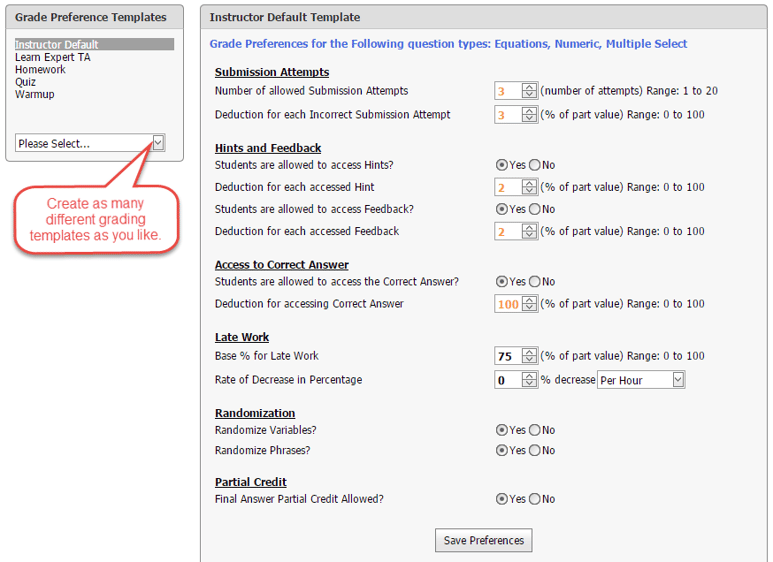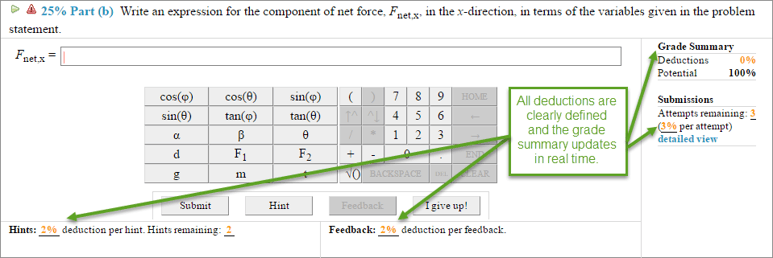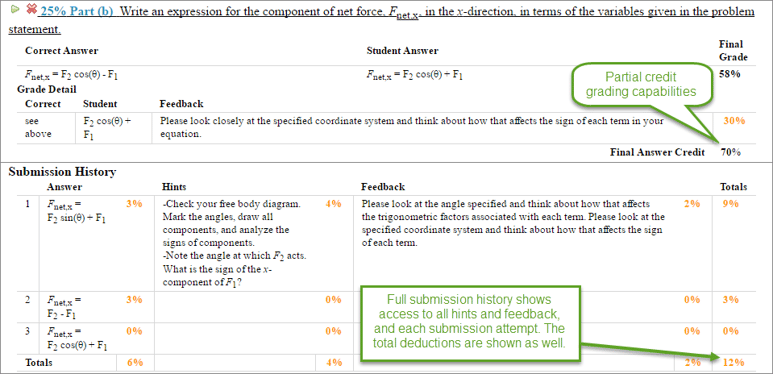Start Your Semester Strong With Improved Grade Transparency

The first day of any class sets the stage of expectations for the semester, a chief component of which is the way in which students’ work will be evaluated. Stanford University’s Teaching Commons provides some basic strategies for an equitable approach to grading. These strategies consist of five elements:
- Creating a grading plan
- Communicating that plan to students clearly
- Maintaining records
- Tracking grade distributions
- Anticipating grade challenges.
The University of Chicago recommends assessing students based on three goals: 1) fairness in student assessment, 2) motivation for student achievement, and 3) accountability in instructor teaching. In particular, the Chicago Center for Teaching highlights that “[s]tudents are generally highly motivated to improve their work when the instructions of an assignment are clear and fair, and when feedback is timely and well aligned with the assignment in question."
Transparency in effect motivates students to better achieve and understand the learning outcomes of a course. According to Cornell physics professor, Robert Thorne, two ways of demotivating students include giving “disconnected, poorly executed exams” and having “needlessly punitive grading schemes."
How can transparency be achieved?
One way is to provide regular feedback to students about where they stand in the class. For example, based on a 2012 report by Yale College Council, there was a push for greater grade transparency due to complaints by science and engineering students of insufficient feedback after midterms and finals. One result of the survey was that 44 percent of students indicated that their courses did not provide final exam grades.
Another strategy is developing a detailed rubric that communicates to students exactly what is expected and how they will be evaluated. Mader and Winn layout guidelines for a 3-point grading rubric for complicated assignments, such as lab reports, and provide examples of such rubrics to help new physics teachers develop scoring schemes. Readability and clarity are important features with an added benefit of rubrics being the saving of time in grading.
Transparency in grading may also help to identify potential biases in grading practices.
For example, in her 2016 dissertation on gender bias in grading for STEM courses, Sarah Jackson from Wright State University highlights that the use of rubrics served to exacerbate the problem, rather than to introduce a level of objectivity, which one might expect. As such, for a grading rubric to introduce equity into grading, it must be carefully designed and be reflected in the instructional approach. In regards to introductory physics, researchers out of University California Davis addressed the “persistent and stable pattern” in the disparity in grade distributions by reconsidering the course’s overall instructional approach. As such, just using a grading rubric may not eliminate potential bias in grading.
Another aspect of grading bias is the fact that grading is often done by one or more TAs, whose reasoning in grading may differ from that of the instructor as well as each other. To address this issue, a team of researchers from Physics departments at Universities in Minnesota, Pennsylvania, Michigan, and Israel administered “a professional development activity [that elicited] TA’s perceptions regarding grading."
Put these best practices into action using our free Grade Transparency Worksheet
Expert TA’s online homework system mitigates some of these concerns. Instructors are provided added flexibility through the grading template.

In this feature, instructors can create templates that serve as rubrics for each type of assessment (homework, quiz, exam) and set standards for grading. As with any grading scheme, the rubric should be integrated thoughtfully into the overall course and shared with students in a clear way ahead of time.
Another feature of Expert TA that makes grading more transparent is the assignment interface which provides constructive hints and immediate feedback.

In being able to assign partial credit, students are able to see exactly how many points each step is worth, with their grade summaries being updated in real time.

In this way, the use of Expert TA may help address inconsistencies in TA grading, make recordkeeping and the tracking of performance trends more manageable, and overall make student assessment more transparent.
For detailed discussion on grading rubrics, see Danielle Stevens and Antonia Levi’s book, Introduction to Rubrics: An Assessment Tool to Save Grading Time, Convey Effective Feedback, and Promote Student Learning.
If you would like to learn more, or see Expert TA's dynamic grading features in action, request a custom demonstration!




